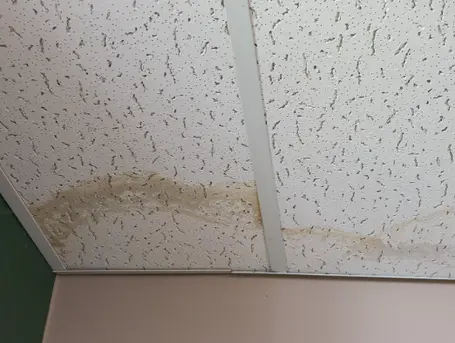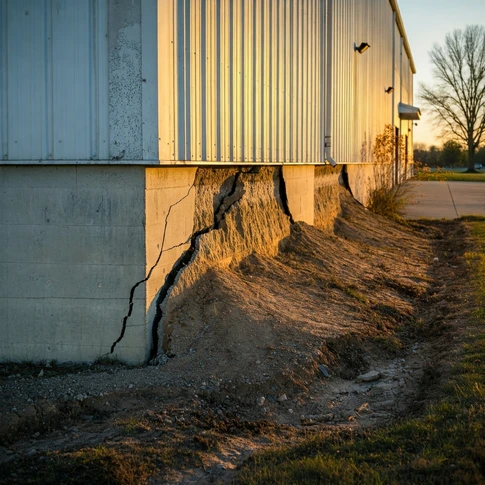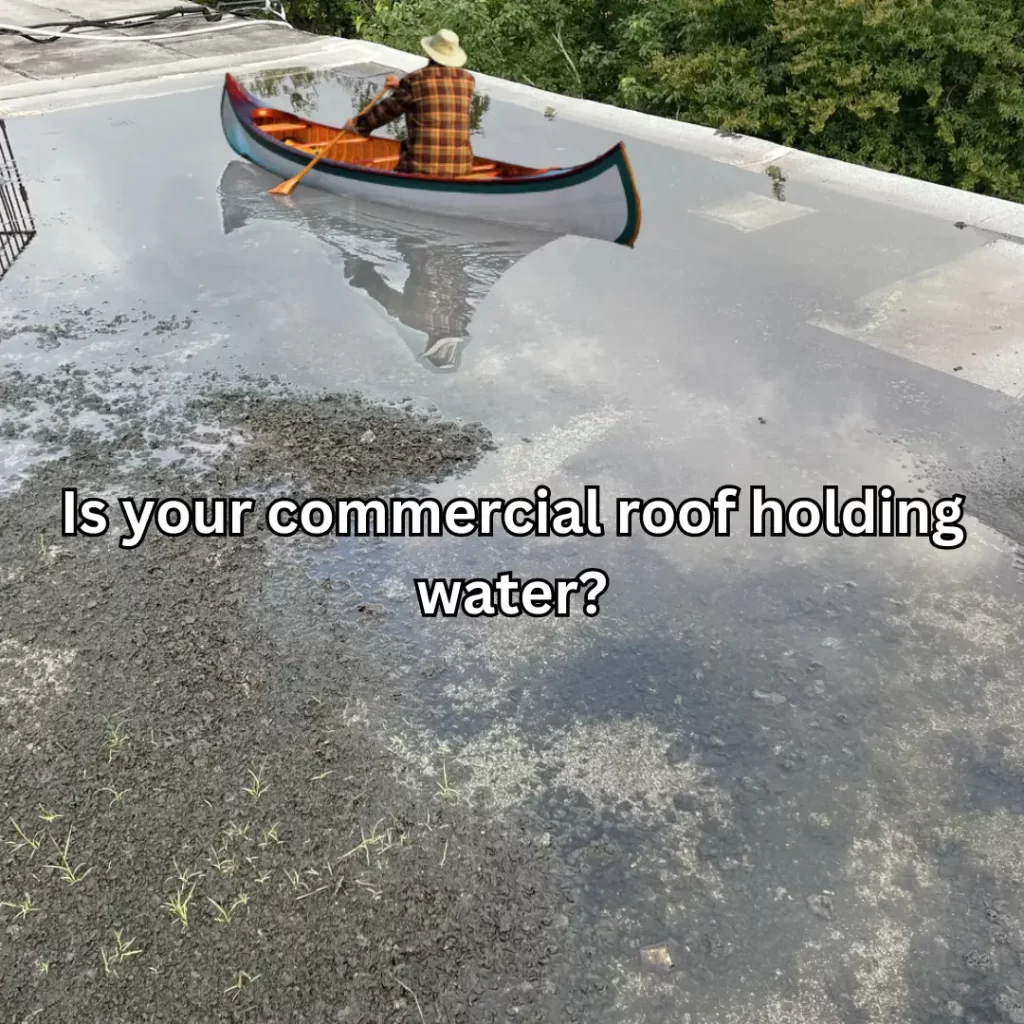A well-functioning roof drainage system is the unsung hero of any commercial building. It quietly directs rainwater and debris away from your roof, protecting the structure from costly damage. But when this critical system starts to fail, the effects can be devastating-think water damage, mold growth, and even structural instability.
In my years of inspecting and repairing roofs throughout Houston, Texas, and surrounding areas like Pasadena, Sugar Land, and The Woodlands, I’ve seen firsthand how quickly roof drainage issues can escalate. That’s why today, I want to share the warning signs of a failing roof drainage system and how you can prevent these problems before they wreak havoc on your property.
Common Signs of a Failing Roof Drainage System
1. Water Damage
One of the first red flags of poor roof drainage maintenance is visible water damage inside the building. Look for these signs:

- Water stains on ceilings or walls, especially near corners.
- Musty odors that signal mold or mildew growth.
- Peeling paint or bubbling wallpaper caused by trapped moisture.
- Sagging ceilings that indicate hidden water buildup.
- Mold growth in hard-to-reach areas like attics, crawlspaces, or behind walls.
- Wood rot in structural beams or roof decking.
Water damage doesn’t just affect aesthetics; it can compromise the integrity of your entire building. That’s why water removal solutions should be addressed immediately when any of these symptoms arise.
2. Clogged Gutters and Downspouts
Your gutters and downspouts are the front line of defense against water buildup. However, they’re also the most common point of failure. Watch for these signs:
- Overflowing gutters during heavy rainfall, often indicating blockages.
- Visible debris buildup, such as leaves, twigs, or dirt, clogging the system.
- Sagging gutters that are weighed down by standing water or debris.
- Discolored or damaged downspouts that suggest water isn’t flowing properly.
- Pooling water near the foundation, which could lead to foundation cracks and erosion.
Ignoring clogged gutters can turn a minor issue into a major repair. For flat roofs, the stakes are even higher, as poor flat roof runoff management often leads to standing water and leaks.
3. Roof Leaks
A leaky roof is an obvious sign that your roof drainage maintenance plan needs attention. Here’s what to look for:
- Water stains on the attic floor or along rafters.
- Visible leaks during or after rainfall.
- Damp insulation that compromises energy efficiency and invites mold.
- Cracks or holes in roofing materials, especially near seams and joints.
Flat roofs are particularly vulnerable to leaks because water tends to pool instead of draining off quickly. Regular inspections can help detect early signs of damage before they lead to expensive repairs.
4. Structural Issues
In the most severe cases, drainage problems can affect the structural stability of your building. Signs of structural damage include:

- Cracks in the foundation that grow over time.
- Uneven floors caused by shifting foundations.
- Leaning walls or doors and windows that stick.
- Erosion or washouts near the foundation, indicating poor water removal solutions.
When structural damage occurs, it’s no longer just a roofing problem—it’s a building-wide emergency.
Preventative Maintenance
Preventative maintenance is your best defense against a failing roof drainage system. Here are some steps I recommend:
- Clean gutters and downspouts at least twice a year, especially after heavy storms or nearby construction projects.
- Inspect downspouts regularly for clogs, cracks, or misalignment.
- Check for roof leaks during and immediately after rainstorms.
- Trim overhanging trees to minimize debris accumulation.
- Schedule professional roof inspections annually or after severe weather events.
For flat roofs, consider installing flat roof runoff systems that improve drainage efficiency and reduce pooling.
Conclusion
A properly functioning roof drainage system is essential for protecting your commercial property from costly repairs and downtime. Ignoring early warning signs—like water damage, clogged gutters, and roof leaks—can lead to severe structural problems that threaten your building’s safety.
#Commercial Roof Drainage System, #Roof Drainage Repair Services, #Flat Roof Drainage Systems
If you’ve noticed any of these issues, don’t wait. Call Commercial Roof Repair Solutions today at 281-928-4428. We specialize in roof drainage maintenance, water removal solutions, and flat roof runoff systems for businesses across Houston and neighboring areas like Baytown, Pearland, and Katy.
Let’s make sure your roof stays dry and damage-free all year long.
Roof Drainage System FAQs
Q: How often should I clean my gutters and downspouts?
A: At least twice a year—once in the spring and again in the fall. However, buildings surrounded by trees may require more frequent cleaning.
Q: What’s the best way to prevent roof drainage problems?
A: Regular maintenance, including professional inspections and cleaning, is key. Installing gutter guards can also help minimize debris buildup.
Q: Can poor drainage cause roof leaks?
A: Absolutely. Standing water can seep into cracks, causing leaks and structural damage. This is especially true for flat roofs with inadequate runoff systems.
Q: When should I call a professional?
A: Contact a roofing specialist at the first sign of trouble—whether it’s a small leak, water stain, or clogged gutter. Waiting too long can lead to bigger, more expensive problems.Ready to protect your commercial property? Call Commercial Roof Repair Solutions at 281-928-4428 today for expert roof drainage maintenance and water removal solutions in Houston, TX and surrounding areas.

